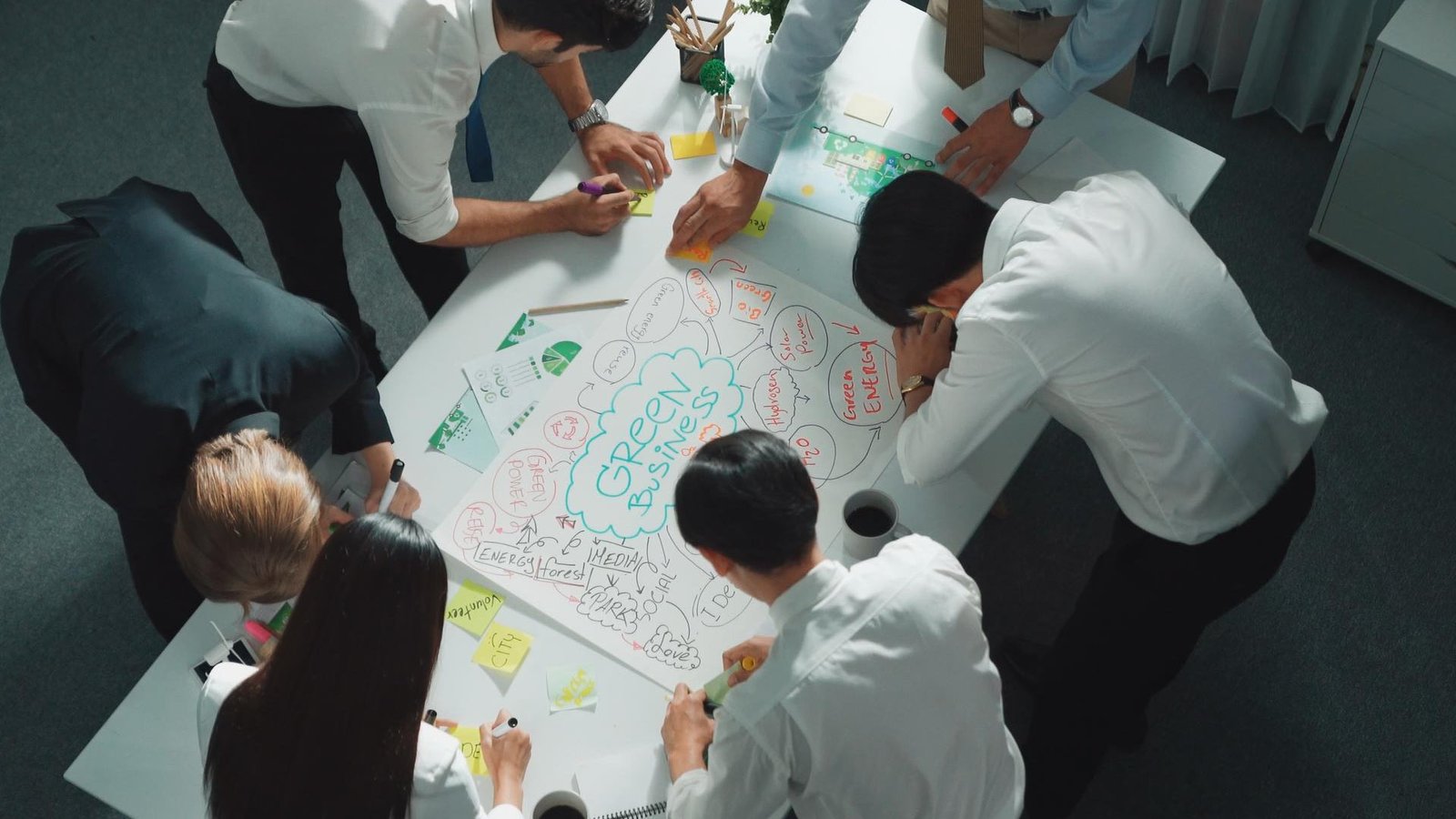The rules of professional services have changed. Future-proof your strategy before disruption hits.
Strategic planning, too, has ceased to be an annual exercise; rather, it is a dynamic and dynamic process that gets influenced by the expectations of clients, the disruptive technologies, and the changes in the market fundamentals. The most successful companies are not the largest and oldest ones, but rather the ones that match the perspective of professional services strategy with the new trends, scalable business, and client-oriented values.
Table of Contents:
1. The Market Is Evolving Fast
2. Human Capital Still Drives Impact
3. Tech Isn’t Strategy
4. Trust Is the New Currency
What Next?
1. The Market Is Evolving Fast
Traditional business strategy once relied on predictability. That no longer applies. C-suite leaders now face an economy defined by uncertainty and compressed transformation timelines. From digital-first buying behavior to stakeholder-driven ESG standards, change is a constant.
- In 2025, 70 percent of firms in the professional services field will reorganize in order to make their delivery systems more agile.
- The advantage of being client-centric no longer exists; it is the minimum expectation.
The advantage of being client-centric no longer exists; it is the minimum expectation.
Aligning your strategy with these shifts requires going beyond sector knowledge. It demands a proactive understanding of how clients’ needs are changing in real time—and how your services should evolve to meet them.
2. Human Capital Still Drives Impact
AI may be revolutionizing delivery, but human expertise remains the differentiator. The value equation has shifted from technical knowledge to consultative depth, emotional intelligence, and relationship capital.
Firms that prioritize continuous skill evolution—not just tech adoption—see stronger client retention. For example, PwC’s global upskilling program led to a 16% improvement in client satisfaction metrics in key markets. This is not just internal investment—it’s strategic brand positioning.
3. Tech Isn’t Strategy
There’s a trap in thinking digital transformation equals strategic transformation. It doesn’t. The plan is not technology.
High-impact, scalable strategies require a degree of support of tech support in enabling agility, personalization, and visibility of functions. Cloud-based service models, generative AI copilots, and intelligent automation are key, but only when embedded into a clear, client-aligned business model.
By 2026, firms that fail to integrate digital delivery with value-based pricing will see a 20% erosion in margins, according to Gartner. The lesson? You can’t bolt on innovation—you have to build around it.
4. Trust Is the New Currency
Clients demand more than results—they demand accountability. ESG, data transparency, and ethical operations are no longer compliance issues. They’re trust signals.
EY’s Future Consumer Index notes that 68% of B2B buyers now evaluate providers based on sustainability and social responsibility metrics. The professional services strategy that wins isn’t just profitable—it’s principled.
Embedding ESG into your operational fabric isn’t about PR. It’s about building resilient client relationships that survive commoditization and margin pressure.
What Next?
The firms that lead in 2025 and beyond won’t rely on historical strengths. They’ll operate with strategic clarity, executional agility, and deep alignment between business goals and client realities.
Ask yourself:
- Is our professional services strategy truly client-centric or internally optimized?
- Are we prepared to scale while staying adaptable to geopolitical and economic shocks?
- Can our delivery model evolve in real time—or are we locked into legacy structures?
High-impact firms ask these questions—and act on the answers.
The time for a reactive strategy is over. Future-ready leaders reimagine, realign, and rebuild—before disruption forces their hand.
Discover the latest trends and insights—explore the Business Insights Journal for up-to-date strategies and industry breakthroughs!

